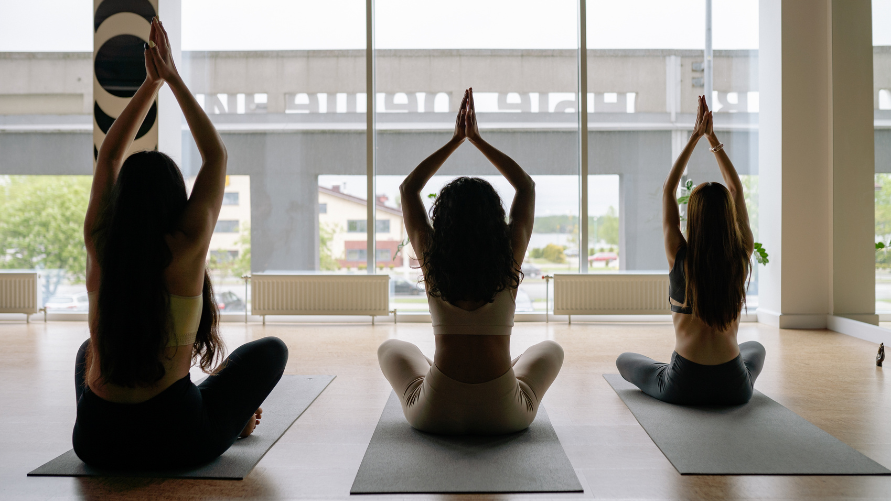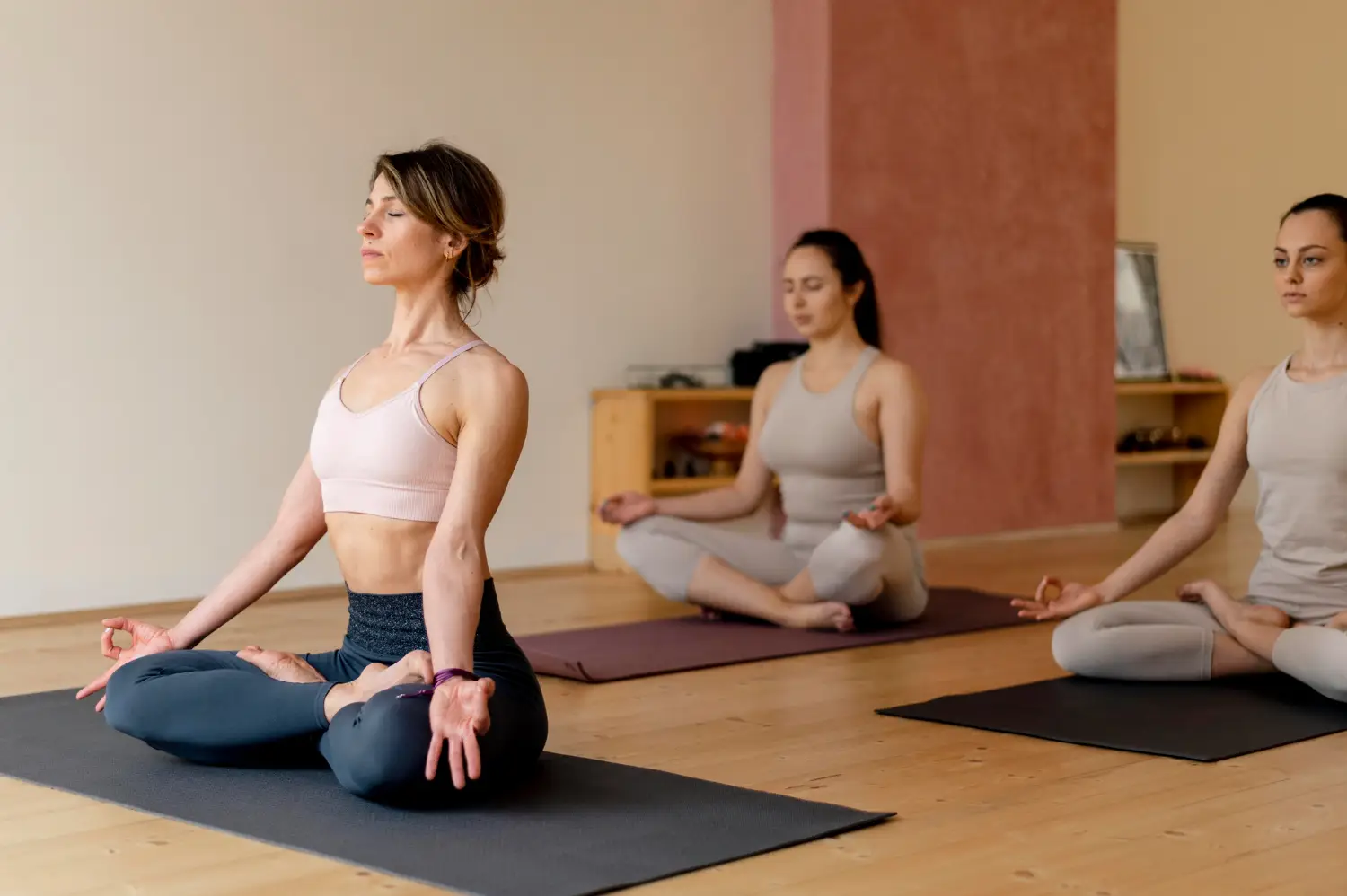5 Yoga Cues to Help Students Tap into Their Intuition
I love making interesting shapes with my body as much as the next yoga teacher. But if there’s one thing I want my students to get from my yoga classes, it’s not a “more advanced” version of a Handstand....


I love making interesting shapes with my body as much as the next yoga teacher. But if there’s one thing I want my students to get from my yoga classes, it’s not a “more advanced” version of a Handstand. It’s a deeper trust in themselves — an understanding that their bodies are wise, and should be the ultimate authority on what poses they take, when, and to what degree. Skillful yoga cues, or verbal instructions, are a powerful way to get that point across.
As a teacher, however, it can be a challenge to articulate trusting your intuition in yoga, especially in a way that goes with them when they leave the yoga room.
The old stand-by “listen to your body” is a good start, but many students don’t fully understand what this means. Not to mention it’s one of those yoga cues that gets repeated so often in yoga classes, it can become more like background noise. It’s a nice thing to hear, but it doesn’t make students take pause or encourage them to do (or not do) anything.
So what’s a well-meaning yoga teacher to do? If you want to help your yoga students learn to trust their intuition above all else, give them the opportunity to practice this skill every time they unroll their mats.
Here are 5 yoga cues to encourage yoga students to listen to their intuition.
1. Pause here and notice if your breath is still slow and even. What is your breath telling you?
Why it works:
The breath is often the most accessible way to “listen to your body” because it’s tangible. It’s easy to notice if you’ve shifted from a slow, steady breath to a holding pattern, erratic pace, or chest breathing.
See also Yoga Breathing to Reduce Stress
2. Notice what your body is craving right now, and let yourself go there.
Why it works:
In yoga class, we often go into “follow along” mode, meaning we try our best to follow what the teacher is saying exactly.
Don’t get me wrong, listening to your teacher is a good skill. But we don’t want to create students who are always looking outside themselves for answers.
Instead, this cue encourages your student to bring their awareness into their bodies and discern for themselves what they need at any given time.
3. It’s OK to linger in any position that feels good.
Alternative: Feel free to stay here or move on to the next pose.
Why it works:
This cue gives your students permission to interrupt a flow to do their own thing for a bit. It sends a clear signal that their intuition trumps any external instructions. For many people, yoga class is the only safe space where they get to practice ignoring the suggestions of others and doing what they know is right for them. And that makes it extra impactful and important.
4. Reconnect with your intention for practicing today.
Why it works:
It’s easy to get carried away during a yoga class, especially when your mind is so focused on the physical. It’s human nature to strive to accomplish more. Accomplishing more and more physically challenging poses might be the reason some people practice yoga, but for most people that’s just a small part of a bigger goal.
This works even if you didn’t specifically asked your students to set an intention (or Sankalpa) at the beginning of class. You could mention it during the more challenging moments in class, when I can see jaws clenched and brows furrowed. “Remember your intention for practicing today. Is it to feel more at ease in your body? Or melt stress? Whatever it is, can you make an adjustment to align your pose with that intention?”
This is gentle reminder to your students that they are in charge of their own experience and have the agency to change their approach when they need to.
5. Now’s your chance to take any last-minute movements, poses, etc. you need to feel your practice is complete. When you’re done settle in for Savasana.
Why it works:
Not everyone can lie down and rest in Savasana on demand. Some people need a little more time to wind down. They might want a moment to get in a pose we didn’t do during class. Or even to grab socks, hoodies, or a blanket. Others, on the other hand, might be exhausted and ready. This cue acknowledges that there’s no one-size-fits-all approach to the practice (even Savasana) and gives both the opportunity to do what works best for them.

 Konoly
Konoly 





























